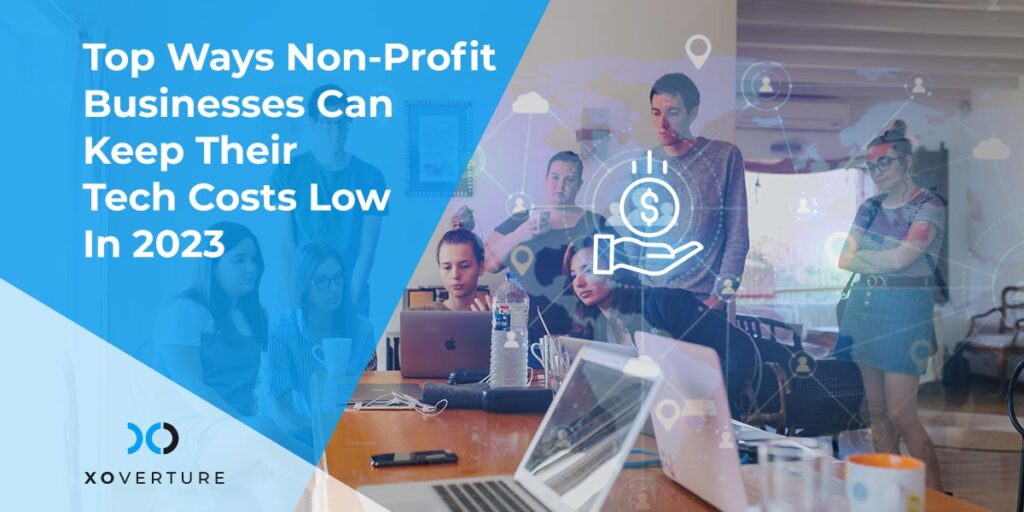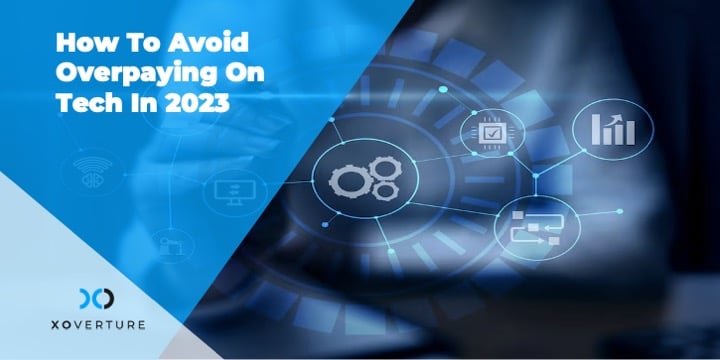It can be quite challenging for nonprofit businesses to invest in tech as they are in constant need of upgraded technology. With innovations like machine learning, artificial intelligence, and IoT (internet of things), technology has been on the rise in many industries.
The innovation in technology is making its way into nonprofit businesses and these technology trends are expected to impact the sector greatly.
Below, look at the most prominent tech trends that are expected to take over nonprofit businesses in 2024 and how these trends will change the way the sector operates.
Continue to understand that How Non-Profit Businesses Can Keep Their Tech Costs Low In 2024
Top ways Non-Profit Businesses can keep their Tech Costs Low
The right technology can help nonprofit businesses operate more effectively, save money, and engage their donors efficiently. The low-cost tech upgrades for nonprofit organizations are mentioned below.
Cloud Migration
Everything is hosted on the cloud these days, from local servers to project management software and accounting. The supplier will host and operate your software on its servers rather than on a server you own on-site, which is known as cloud migration. Free installation, frequent upgrades, and maintenance at no extra cost are all included in the benefits of the cloud. Another benefit of the cloud is that all of your workers may work from anywhere and have access to every program and data.
Implementing Data Analytics and Data Quality
The use of artificial intelligence, machine learning, and the internet of things (IoT) devices by nonprofit businesses can be of great benefit as these devices are being used to propel, if not completely achieve, the mission of the business. Nonprofit businesses may use AI to develop a very accurate and evolving 360-degree view of their donors using integrative tools and technology. In the past, navigating massive volumes of data used to be nearly challenging, requiring a large number of human hours to interpret and evaluate.
Transitioning to Managed Services
For nonprofit businesses, the transition to managed services will be appealing. At a fixed price per employee, many good managed services providers offer inclusive “as a service” solutions. This method lowers costs, improves security, and decreases downtime. It also aligns with the technician’s attitude to be in the best interests of the business, because they lose money if the network is down.
Expanding Remote Workforces
A new trend among organizations is to grow their remote workforce since cloud technology is so widely available. This trend is enabled by cloud technology, but it is driven by talent scarcity. With most firms adopting a hybrid workforce, and the knowledge that a remote workplace works, now is the time to figure out how your nonprofit can keep up with the trends.
Using Multimedia Storytelling
Multimedia storytelling, video, and podcasts, for example, will become more valuable than ever before. Because more and more content will continue to flood the internet, adding to the cacophony, nonprofits must create stories that engage and move people. This can be one of the easiest yet a powerful tool for nonprofit businesses to expand their horizons while keeping their tech costs at bay.
Establishing Cybersecurity and a Comprehensive Data Security Plan
Personal information, credit card, security numbers, and even healthcare information are all held by many nonprofit businesses. While dangers are at an all-time high, the cost of acquiring the requisite cybersecurity is at an all-time low, contrary to common opinion. Many nonprofit organizations can now afford effective data security measures thanks to a significant decrease in cost over the last couple of years, a downward trend that is continuing.
Using Social Media Platforms
Nonprofits will increasingly use social media to engage with funders, stakeholders, and clients, as social media is one emerging technology trend nowadays. Many of us have been driven to think of new methods to connect as a result of Covid-19. Crowdfunding, apps, and mobile service delivery can all be used to increase social impact.
Focusing on AI and Virtual Assistants
Quoting Aaron Alejandro, Texas FFA Foundation, “Artificial intelligence and virtual assistants will continue to impact our lives this year. I believe we are just one technological innovation away from being able to “speak” a donation to support our favorite charities, nonprofits, causes or calls to action.”
Implementing Learning Management System
A learning management system (LMS) delivers course and content libraries, as well as reports on learners’ progress and achievement. LMS are progressively being used by nonprofit businesses to conduct education, training, and development initiatives directed at boosting professional and volunteering effectiveness. Virtual practicing, simulated critical thinking, and learning from group collaboration may all be possible with a decent LMS.
Upgrading or Replacing Legacy Technology
It is past time for nonprofits to break free from their old systems and invest in fresh software and technology. Desktops running outdated operating systems and software that is no longer supported are more likely to be hacked, culminating in an expensive data breach. In addition to the costs of recruiting personnel to maintain legacy systems and technology, there are additional costs associated with hiring employees to maintain them on a regular basis. Look for new applications out there, for example like new accounting software, in this case for churches.
Modernizing Fundraising Technology
The ability to raise funds to carry out a nonprofit business is critical to its long-term viability. The use of technology in fundraising is redefining the way vital donations are obtained by nonprofit organizations. Many organizations haven’t been able to keep up with fundraising technology. They get locked in a cycle because current technology has met their demands in the past but has failed to improve the process and outcomes.
Keeping tech costs low is all about managing and operating smartly and the above-mentioned ways can do that for a nonprofit business if implemented properly.




